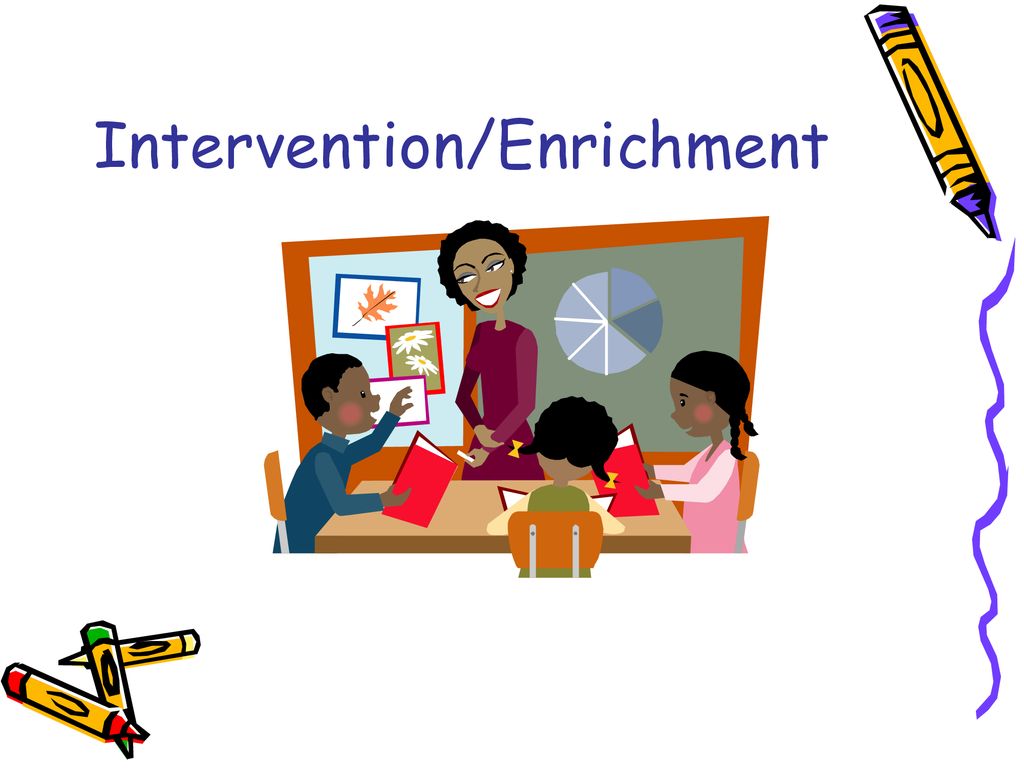Intervention

VISION: The AUSD Intervention Team is committed to support
the success of every student by providing a safe and secure learning environment.
The interventionists will implement research based programs & strategies with ongoing progress monitoring as a part of an ongoing cycle of inquiry.
Academic and behavioral intervention is the opportunity for students demonstrating an opportunity gap to develop an understanding of skills and/or learning targets during the instructional day. This is initially achieved within the classroom environment during small group work as demonstrated in the tiered pyramid above. The MTSS model demonstrates the importance of providing access for all students, differentiating supports for our at promise students as well as our GATE students, within the classroom environment, by the general education teacher. Strategies, such as UDL and GLAD within a workshop model may assist in providing such diverse and dynamic teaching opportunities.
Today’s children face a multitude of challenges and pressures that did not exist thirty years ago. As such, teachers must learn how to proactively identify behavioral and academic areas of need and address them before students fall behind. AUSD Instructional Coaches guide teachers in providing these in-classroom interventions. Most importantly, assessment data aligned with effective classroom intervention strategies equip teachers with structured methods for identifying areas of weakness and helping students increase academic proficiency.
A team of interventionists are at each elementary site to provide additional support for students requiring more intensive services. We have a number of research based programs in ELA, ELD and Math. The interventionists have their own monthly PLCS to calibrate their work, look at data and revised approaches as needed. Below, these interventions are explained in more detail.
What Is Intervention in Education and what does it look like in AUSD?
Classroom intervention is a set of instructional targeted supports teachers provide students to help a child improve in their area of need. There are four key components of classroom intervention:
- Being proactive- identify a need before it becomes a larger obstacle for the child
- Intentional- be specific in addressing the identified area of growth
- Formal- use evidence based strategies and track the progress through informal and formal assessments
- Flexible- adjust strategies based upon student response
As previously mentioned, there are 2 types of interventions provided for students in AUSD:
1) Interventions to support behavioral needs including social-emotional.
To address a child’s behavior at school, like disrupting class, refusing to do homework, unresponsiveness, inappropriate language and aggression, it is vital teachers work to determine the reason behind a student’s desire to demonstrate unwanted behaviors (function of the behavior). Once the motivating factor behind the behavior is identified, teachers can construct an effective behavior intervention plan for teaching more appropriate behaviors while meeting the child’s needs.
2) Instructional interventions, also called academic interventions, deal with a student’s academic areas of need, like reading, math or another subject. When a child struggles with reading skills, educators will employ reading intervention strategies. This type of intervention involves more detailed tracking of progress and frequent adjustments to reach a student’s optimal academic proficiency. The instructional intervention definition also includes Response to Intervention, which involves three tiers of intervention that become increasingly intense while attempting to address the child’s core academic need.

